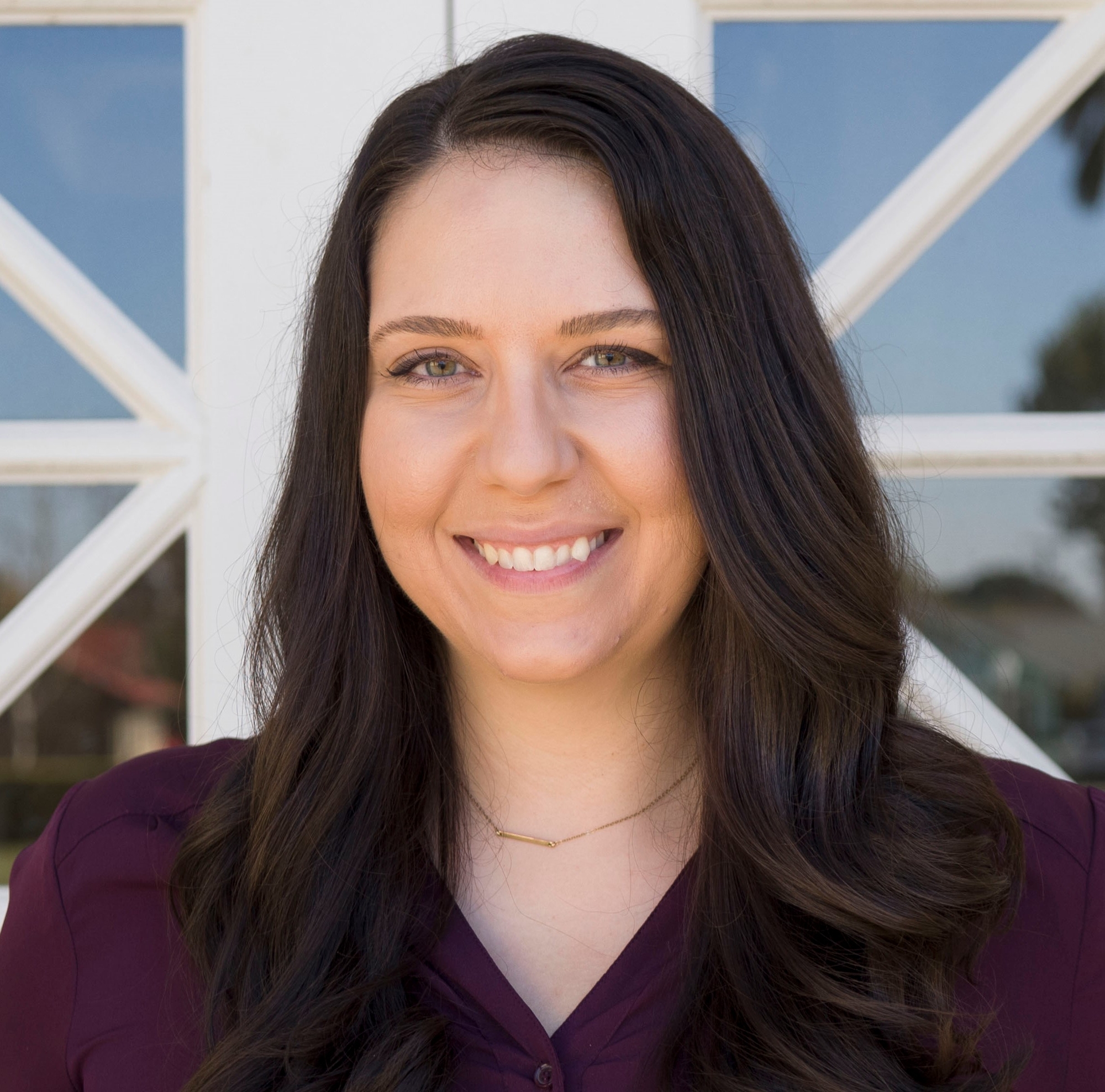
Dr. Hannah Ball
- Education:
- Canisius College, Bachelor of Arts
West Virginia University, Master of Arts
West Virginia University, Ph.D.
Biography
Hannah Ball (Ph.D., West Virginia University) is an Associate Professor in the School of Communication at Chapman University, where she teaches undergraduate and graduate courses on health communication theory, message design, and research methods.
Dr. Ball’s research expertise includes health campaigns, social marketing, persuasion, and family caregiving. Specifically, she uses both quantitative and qualitative methods to study theory-driven messaging that promotes public health (e.g., reducing prescription stimulant misuse, increasing vaccine confidence), the role of psychological reactance in the social influence process, and communication surrounding the adult child-older adult parent caregiving relationship. Her work has been published in Communication Monographs, Health Communication, Journal of Health Communication, Journal of Social and Personal Relationships, and Journal of American College Health, among other refereed journals. Dr. Ball is the current Editor of Communication Quarterly and previously served as Associate Editor of Communication Research Reports (2019-2021). She is also finishing out her term as Chair of the National Communication Association’s Communication and Aging Division.
-
Recent Creative, Scholarly Work and Publications
- Bevan, J. L., & Ball, H. (2022). “Turning our lives upside down”: The transition to family caregiving. In D. O. Braithwaite, K. R. Rossetto, J. T. Child, & J. T. Wood (Eds.), Casing interpersonal communication: Case studies in personal and social relationships (3rd ed., pp. 261-268). Kendall Hunt.
- Myers, S. A., Goldman, Z. W., Atkinson, J., Ball, H., Carton, S. T., Tindage, M. F., & Anderson, A. O. (2016). Student civility in the college classroom: Exploring student use and effects of classroom citizenship behavior. Communication Education, 65(1), 64-82. http://doi.org/10.1080/03634523.2015.1061197
- Lancaster, A. L., Dillow, M. R., Ball, H., Borchert, K., & Tyler, W. J. C. (2016). Managing information about a romantic partner’s relationship history: An application of the theory of motivated information management. Southern Communication Journal, 81(2), 63-78. http://doi.org/10.1080/1041794X.2015.1089926
- Myers, S. A., Atkinson, J., Ball, H., Goldman, Z. W., Tindage, M. F., & Carton, S. T. (2015). Engaging in effective instructional communication behaviors in the tutoring relationship. In W. Atkins-Sayre & E. L. Yook (Eds.), Communicating advice: Peer tutoring and communication practice (pp. 243-259). Peter Lang.
- Myers, S. A., Goldman, Z. W., Ball, H., Carton, S. T., Atkinson, J., Tindage, M. F., & Anderson, A. O. (2015). Assessing college student use of anti-citizenship classroom behavior: Types, reasons, and association with learning outcomes. Communication Teacher, 29(4), 234-251. http://doi.org/10.1080/17404622.2015.1064984
- Ball, H., & Goodboy, A. K. (2014). An experimental investigation of the antecedents and consequences of psychological reactance in the college classroom. Communication Education, 63, 192-209. doi:10.1080/03634523.2014.918634
- Brann, M., & Ball, H. (2014). Welcome to class: Exploring health communication and case study pedagogy. In M. Brann (Ed.), Contemporary case studies in health communication: Theoretical & applied approaches (2nd ed., pp. 1-19). Dubuque, IA: Kendall Hunt.
- Foster, S. C., Graham, N., Ball, H., & Wanzer, M. B. (2014). Mothers, sons, and testicular cancer: An exploratory investigation of health communication. Qualitative Research Reports in Communication, 15, 66-74. doi:10.1080/17459435.2014.955594
- Ball, H., Wanzer, M. B., & Servoss, T. J. (2013). Parent-child communication on Facebook: Family communication patterns and young adults' decisions to "friend" parents. Communication Quarterly, 61, 615-629. doi:10.1080/01463373.2013.822406